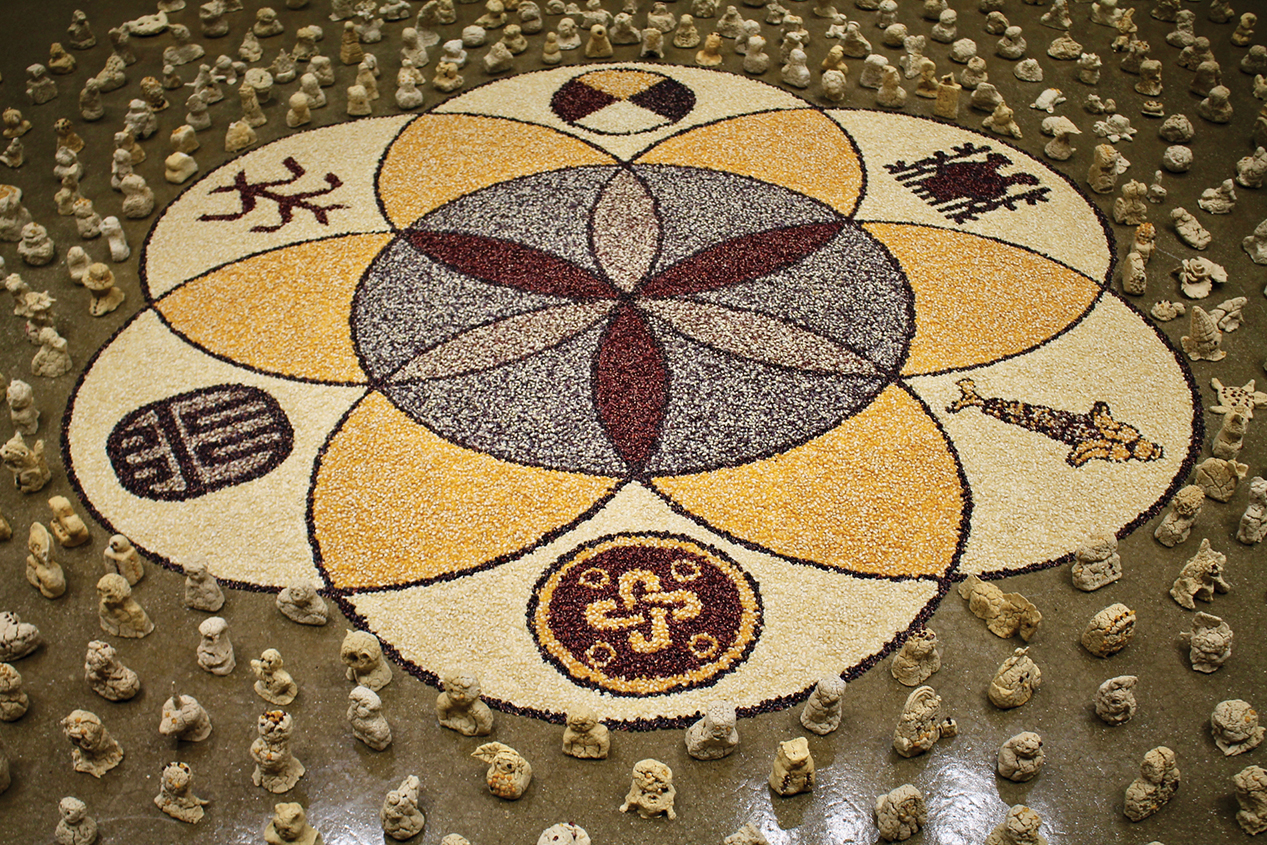
by Diana Romero | Cambridge
Modern students seek more than mere data-dumping in the classroom, they need opportunities to develop essential life skills. In this sense, fostering creativity in the language classroom is increasingly important. In this article the author discusses some practical strategies to foster creative thinking in the classroom and ideas that can be implemented without having to rethink the whole curriculum.
Modern education calls for more than just a black-and-white plenary. Today’s 21st-century students expect visual, participative, competency-based, and learner-centric methods that replace the traditional verbal, authoritarian, and curriculum-centered practices (McCrindle, 2022). This shift recognizes that education should not only impart knowledge but also develop skills that prepare students for the intricacies of the modern world.
Aligned with this vision, Cambridge has developed the Cambridge Framework for Life Competencies, which outlines critical skills like digital literacy, critical thinking, and creativity—the key skill of focus—to show how they can be developed throughout the learning journey.
Creativity, or creative thinking, is defined as “a complex concept which can be described as the tendency or ability to generate multiple original and innovative ideas, alternatives, or possibilities rapidly and elaborate on them” (Mumford, 2003; Restak, 2011; Sigelman & Rider, 2012).
The Future of Jobs Report 2023 from the World Economic Forum places creative thinking as the second most important skill for workers. If this is the trend, it raises an important question: Why aren’t schools more actively focused on developing this necessary skill?
One reason might be the difficulty of assessing or integrating it into a curriculum that values standardized responses (Cambridge, 2020). This challenge drives why creativity should be incorporated more in the classroom as it fosters a holistic, supportive learning environment that motivates student engagement and confidence.
The Cambridge Life Competencies Framework breaks creativity down into three core categories, with “preparing for creativity” being the first. This category involves engaging in artistic activities and problem-solving by viewing issues from multiple perspectives. The second category, “generating ideas”, emphasizes flexibility and originality to produce a wide range of creative options. The third, “implementing ideas and solving problems”, involves testing, refining, and presenting ideas to others.
Educators aspiring to foster creative thinking might find the task daunting, so experts at Cambridge offer some recommendations to start:
[…] education should not only impart knowledge but also develop skills that prepare students for the intricacies of the modern world.

Image by Gustavo Leighton.
- Add game elements, such as points, timers, or word limits, to everyday activities. These elements can encourage students to think quickly and creatively.
- Offer students more choices in how they can approach tasks, allowing them to exercise their imagination.
- Encourage collaboration and small group work, where peers can exchange ideas.
- Create a safe space where all ideas are welcomed. Children are not afraid of being wrong and are willing to take chances. However, this fearlessness diminishes as they grow older, leading to a decline in creativity (Robinson, 2015).
For practical ideas, the Cambridge Life Competencies Activity Cards can be a valuable resource. The collection includes three sets of activity cards tailored for young learners, teenagers, and adult classes. These cards are flexible, allowing teachers to mix and match according to their needs.
An activity from the teen learners’ set, It’s Actually About…, promotes artistic exploration by encouraging learners to interpret a creative work, such as a painting from their coursebooks. Learners are then challenged to connect the work to an unrelated, randomly chosen word, sparking imaginative discussions on how the two might be linked.
These cards and the related white paper can be found at the following links: The Cambridge Life Competencies Framework: Creative Thinking and Cambridge Life Competencies: Activity Cards in Use.
By adopting more holistic and learner-centric approaches, educators can prepare students to tackle the complex challenges of the 21st century with confidence and innovation, providing them with essential skills to thrive in the modern workforce.

Diana Romero has a background in language education and a BA in Arts. Having spent over 12 years teaching English and supporting educators as a teacher trainer, Diana currently holds the Professional Learning and Development Consultant position at Cambridge University Press & Assessment.









